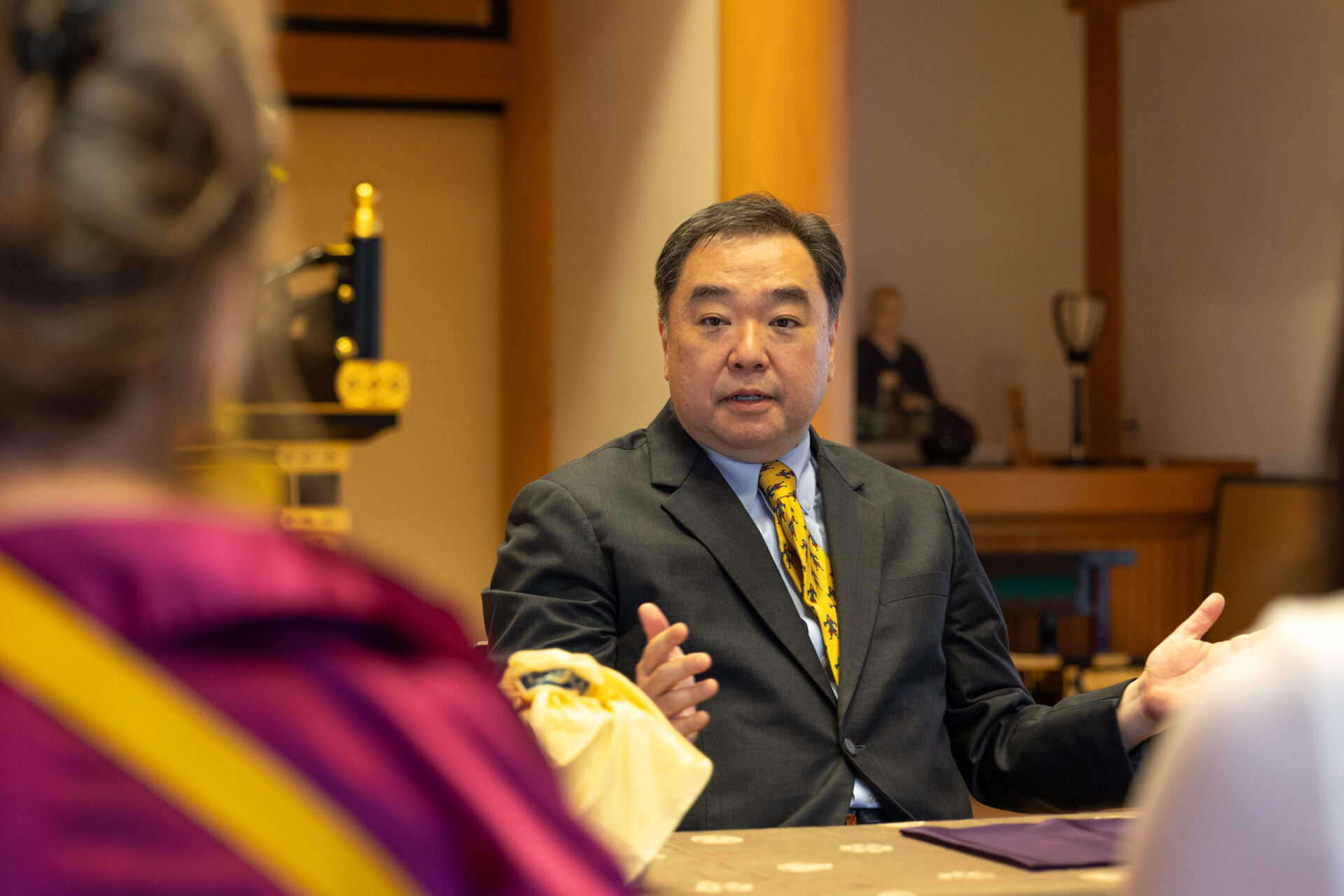
Building a Legacy of 260 Years of Peace and Prosperity : The Tokugawa Shogunate and Its Successors

德川宗家第19代当主・德川家広
19th Head of the Tokugawa Main Family, Iehiro Tokugawa
Tokyo [Tokyo]
19th Head of the Tokugawa Main Family, Iehiro Tokugawa
Born in Tokyo. Spent the first three years of elementary school in New York, returned to Japan, and attended Gakushuin School until the high school level. After graduating from the Keio University Faculty of Economics, he earned a Master's degree in Economics from the University of Michigan. He worked at the Food and Agriculture Organization (FAO) of the United Nations before obtaining a Master's degree in Political Science from Columbia University Graduate School. While working as a translator, political and economic commentator, and writer, he also serves as the Chairman of the Tokugawa Memorial Foundation, a public interest-incorporated foundation. In January of Reiwa 5 (2023), he succeeded as the 19th head of the Tokugawa Main Family.
Tokugawa Ieyasu, counted among the Three Great Unifiers along with Oda Nobunaga and Toyotomi Hideyoshi, brought an end to the Warring States period, unified the country, and established the Tokugawa Shogunate. The Tokugawa Shogunate maintained 260 years of peace, turning Edo into one of the world's largestlcities with a population of one million. Various cultures flourished during this era. Eventually, the Tokugawa era came to an end, and Edo became into Tokyo. Despite facing challenges like the Great Kanto Earthquake and air raids in WWⅡ, Tokyo continued to thrive. One source of Tokyo's power lies in the numerous legacies left by the Tokugawa Shogunate in the streets of Edo.
In this interview, we spoke with Tokugawa Iehiro, the 19th head of the Tokugawa Main Family and President of the Tokugawa Memorial Foundation, which is dedicated to preserving historical materials and cultural assets of the Tokugawa Shogunate and conveying the essence of Japan during the Edo period to the present day.
“Clean, Safe, and Convenient” : The Legacy of the Tokugawa Era in Tokyo
Tokugawa Iehiro, the 19th head of the Tokugawa Main Family, continues the legacy of the Tokugawa Shogunate. After the 15th Shogun, Yoshinobu, who carried out the Great Restoration of Japan, Iesato was adopted from the Tayasu family, one of the three lords of the Tokugawa shogunate, and succeeded to the 16th generation. His son Iemasa succeeded as the 17th, but Iemasa’s son died prematurely. The next in line was the second son of Toyoko, the eldest daughter of Iemasa, who married Matsudaira Ichiro of the Aizu Matsudaira branch family. He became the 18th Shogun with the name Tsunenari, and his eldest son is the current head, Iehiro.
“In the current times, when people hear about the Tokugawa Main Family, there are often many misconceptions… Some might even think I live in Nikko Toshogu Shrine. I am not a spirit., you know? (laughs).”
Iehiro was born in Tokyo, spent his early years in the United States, and graduated from Keio University. He also has international experience, including studying in the United States to study economics and political science, and working for the Food and Agriculture Organization of the United Nations in Rome and Vietnam.
“Not only me, but the Tokugawa Main Family has always had a global perspective. Tokugawa Ieyasu, after pacifying the country, printed Chinese classics in movable type, encouraging samurai—formerly focused on warfare—to study Chinese literature. The samurai acquired extensive knowledge of the Chinese language, enabling proper trade and diplomacy with China. In today’s terms, it’s akin to making English the official language within a company. The effectiveness of the Chinese culture policy increased, when Perry arrived, the person who dealt with them was from the Hayashi family of Yushima Seido, essentially a Chinese scholar. Even after the Meiji era(1868-1912), the 16th head of the Tokugawa Main Family studied in the UK, the 17th became a diplomat, and the 18th spent part of his youth abroad, completing two overseas assignments. They consistently remained international.”
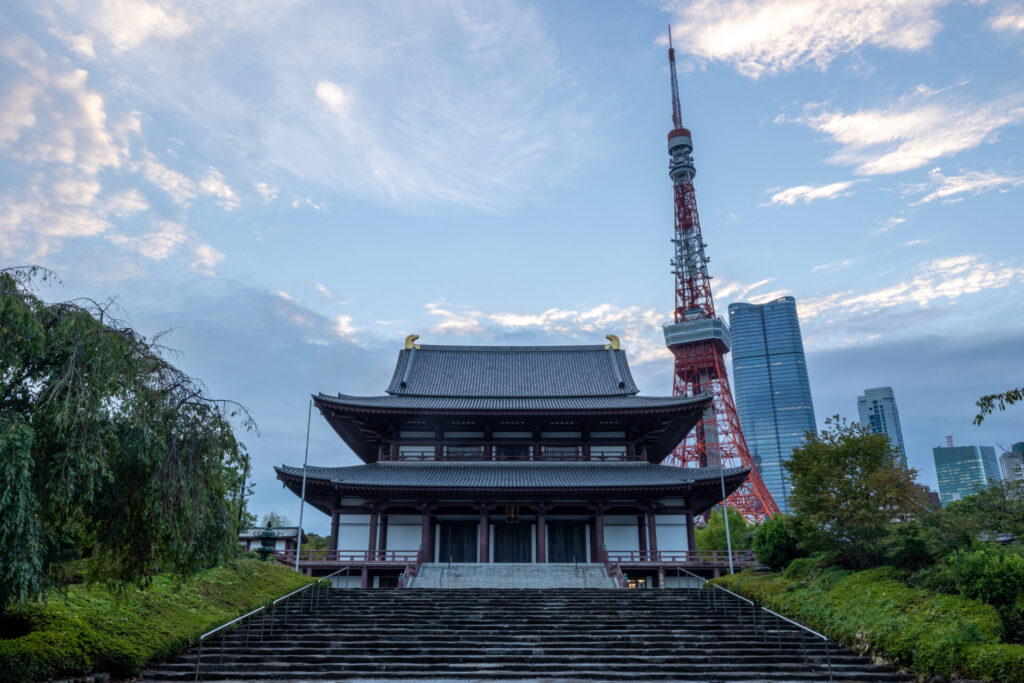
With extensive overseas experience and a global perspective, Iehiro believes that the charm of Tokyo, with its “clean, safe, and convenient” attributes, is something unique and not found in other countries.
“The most intriguing and peculiar thing that foreigners coming to Tokyo notice is that the city, although English may not be widely understood, is diverse, rich in variety, clean, safe, and convenient. Moreover, Greater Tokyo (including Saitama, Kanagawa, and Chiba) boasts the world’s largest population, yet everything operates incredibly smoothly.
A comfortable metropolis that fits the description of ‘clean, safe, and convenient’ is unparalleled. You can confidently say it’s not found anywhere else on Earth. I believe this is also a legacy left by the Tokugawa era.”
“In the late 19th century, during the Meiji Restoration, many foreigners came to Japan. At that time, the scenes that surprised foreigners and the scenes that foreigners find surprising today are similar. Although very different, there is definitely a civilization to be respected there. I think the characteristics of this Japanese civilization are “clean, safe, and convenient.”
Culture is Born in Cities : The Astonishing Urban Development of the Tokugawa Shogunate
It is said that Tokugawa Ieyasu adopted the concept of “Four Gods Corresponding to the Four Directions” based on Yin-Yang principles in the urban development of Edo. He surrounded the city with concentric moats, spiraling clockwise from Edo Castle, drawing power into the town. Additionally, temples like Sensoji Temple, and the family temples Zojoji Temple and Kaneiji Temple, were established to protect the city of Edo.
“Elements of Yin-Yang were present, but they were the finishing touches. When the Tokugawa family entered Edo, it was a small castle town centered around a small Edo Castle. They expanded Edo Castle to a suitable size at the center of the Kanto region. This led to the establishment of Edo as a political center, requiring the allocation of residential land to daimyos (feudal lords) from across the country. Most of it being marshland or sea, extensive land reclamation was necessary. This is the reality of the spiral city. Logically, it would have been rational to move the base to Osaka after defeating Toyotomi, but as a massive ‘Eastern Migration’ was conducted to erase the memory of Toyotomi Hideyoshi’s dispatch of troops to Korea and to create a new, peaceful culture, they chose the trouble of seeking a new frontier in Kanto area.”
“The samurai class created the samurai districts, but it was the townspeople who carried out land reclamation and subsequent infrastructure development and they were recognized as pioneers of the town. Separate entities constructed tenement houses, poor people who had moved from rural areas entered these tenement houses, and under the supervision of landlords hired by tenement house operators, they learned to live as residents of Edo. So, even though the commoners were poor, they didn’t feel isolated.”
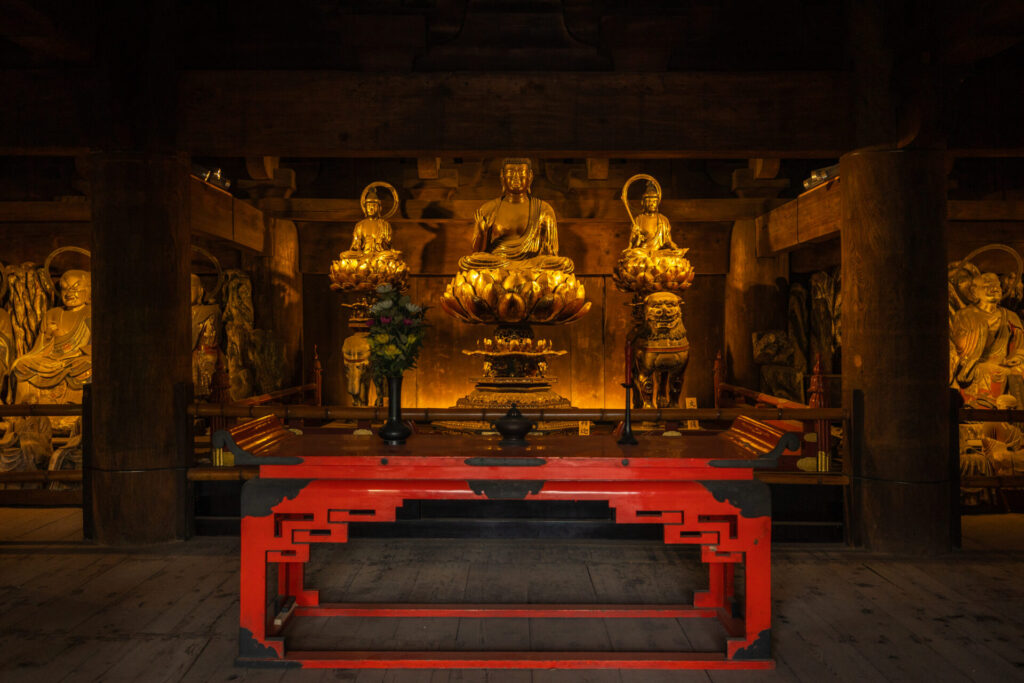
“Even today, Tokyo is said to have less discrimination within Japan. Thanks to its financial strength as the capital, the city seems to aspire to be kind to the weak. Interestingly, this is not from modernization but rather an inheritance from the Edo culture. The know-how of the shogunate to avoid slums while accommodating a population of a million is still evident in the current city government.”
Moreover, the Tokugawa Shogunate undertook massive infrastructure projects. At that time, the Tone River flowed into Edo Bay, causing frequent floods. In 1665, the river was redirected to flow into the city of Choshi in Chiba Prefecture.
Additionally, the first water supply system in Japan was the Kanda Aqueduct, sourced from the Inokashira Pond in 1590. In 1653, the Tamagawa Aqueduct, a remarkable 43 kilometers long, was excavated from Tamagawa to Yotsuya. This was the world’s most advanced water supply system at the time, surpassing that of London.
“The most crucial aspect of maintaining peace is the attitude of protecting the weak and minorities. This is also the essence of civilization. Many people think that ‘the strong have the right to take from the weak,’ but this is a barbaric belief. Unfortunately, the majority of the world thinks this way. On the other hand, the prevailing ‘civilized’ thought is, ‘the strong have an obligation to protect the weak.’ This, in a sense, is the ‘thought of civilization.’ Although it may initially be troublesome, eventually, culture flourishes.”
“In reality, it took about seventy to eighty years from the Battle of Sekigahara for a culture characteristic of the Edo era to emerge. Until then, it was in a state of dealing with the aftermath of the Sengoku periods (1467-1615) and the Azuchi-Momoyama periods(1568-1600). Nevertheless, the population increase was well managed, and the hygiene conditions did not deteriorate. The early Edo era, marked by the vestiges of turbulent times, maintained public order as rebellious ronin (masterless samurai) were strictly regulated. As we entered the Genroku era(1688-1704), the children and grandchildren of ronin began to play active roles in the cultural world. Finally, they were able to adapt to peace.”
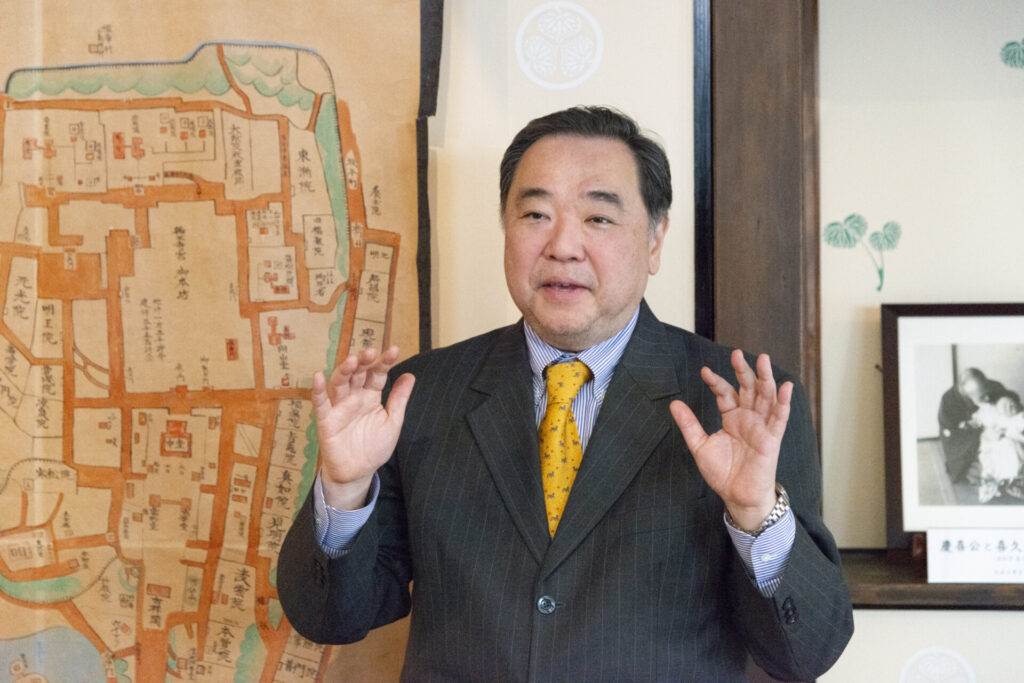
Furthermore, the Tokugawa Shogunate developed a comprehensive transportation network, including the Five Highways, and enhanced both land and sea routes. Through the shogunate-licensed trading, overseas trade prospered, significantly contributing to the development of not only Edo but also the entire Japanese economy.
“Hideyoshi’s invasion of Korea was ultimately due to domestic land shortages. However, in the early Edo period, there was plenty of room for development in Japan. Not only Tohoku but even the Kanto Plain had a sparse population. Moreover, the seas were quite shallow. On the other hand, there was surplus manpower due to the end of warfare. This led to the ‘era of great development.’ Additionally, the shogunate limited the power of the samurai class, including the shogun, allowing wealth to accumulate among the common people. Furthermore, with consideration for the well-being of the commoners, if they faced hardship, relief efforts were reasonably carried out. It was because the entire country gradually and steadily became prosperous that Edo, as well as the cultures of Kyoto and Osaka, could shine.”
Japan’s Peace is not just Peace but Peace & Harmony
Tokugawa Iehiro notes that the remnants of the long peace in the Edo era can be felt in the behavior and attitudes of modern Japanese people. He believes that this is something foreigners visiting Tokyo likely experience as well.
“The politics of the Tokugawa Shogunate were based on Buddhism. While Confucianism was emphasized for the assimilation of advanced Chinese vocabulary, the core values were rooted in Buddhism. However, if the government officials are not afraid, neither the warriors in charge of administration nor the common people will obey them. Put on a scary face and play benevolent politics as much as possible without being known as such. By permeating the values of compassion, they fostered ‘Wa’ (harmony), which became the underpinning for political stability. This was the fundamental strategy of the Tokugawa Shogunate.”
“I consider the concept of peace in Japanese, ‘平和(Heiwa),’ to be more sophisticated than the English ‘Peace.’ The English ‘Peace’ refers to a state without war, which corresponds to just ‘平(Hei)’ in Japanese. Additionally, the idea of human relationships being ‘harmonious’ is what completes the meaning of ‘Heiwa.’ It could be expressed as ‘Peace & Harmony.’ It’s necessary to eliminate conflict by force, but if that’s the only approach, we might return to chaotic times when the strength runs out. It’s important to eliminate the fear among people towards each other while there’s still strength. With ‘平(Hei)’, ‘和(Wa)’ becomes possible, and with ‘和(Wa),’ ‘平(Hei)’ can endure. The secret to the long-lasting peace in the Edo era ultimately comes down to this.”
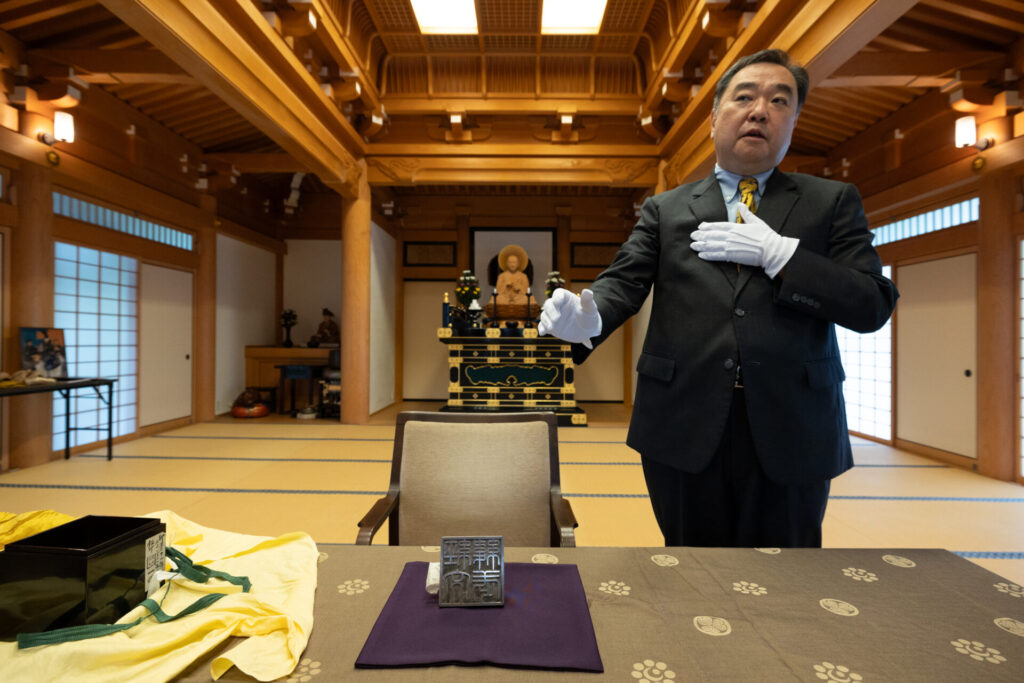
“For modern Japan, the Edo era may seem like a distant tale, and the 2023 NHK Taiga drama(long-running historical drama series on NHK TV), ‘What will you do, Ieyasu?’ felt more like a fantasy saga than a historical drama. However, the country that Tokugawa Ieyasu dreamed of is surprisingly similar to present-day Japan. A nation centered around Edo (Tokyo), encompassing the Japanese archipelago as its territory, with peace as its national policy, and where every individual, at least in principle, has dignity. You could say that the ideal from four hundred years ago has continued to live on to this day.”
Providing Spiritual Stability to the People of Edo : Zojoji Temple, Toei Mountain Kaneiji Temple, and Ueno Toshogu Shrine
While many people may know about Tokyo, the roots of Tokyo remain unknown to many. Tokyo has faced three crises – the end of the shogunate, the Great Kanto Earthquake, and wartime destruction. These events led to the loss of the Edo landscape, and very few buildings over 400 years old remain in present-day Tokyo. However, what has survived through these trials is indeed precious.
“When it comes to buildings with connections to the Tokugawa shogunate, we have Zojoji Temple, Kaneiji Temple on Toei Mountain, and Ueno Toshogu Shrine.”
“Zojoji Temple suffered extensive damage during air raids, but it has a history dating back to before Tokugawa Ieyasu came to Edo. The Three Liberation Gates (Liberation from the three poisons of greed, anger, and ignorance)e was built during the Edo period.”
“Kaneiji Temple suffered during the battles of the Meiji Restoration and was burned down. However, the main hall (Konpon Chudo) was relocated from Kitain in Kawagoe and survived the ravages of war, preserving its architecture from the early Edo period.”
“Ueno Toshogu Shrine has weathered the turbulence of the Boshin War(1869-1869), earthquakes, and wartime damage. The rebuilding in 1651 remains intact and has been designated as an important cultural property by the government. It has been designated as a national important cultural property, but it is a shame that it is not well known.
Interestingly, Ueno Toshogu Shrine is more recognized by foreigners, often shared on social media, and attracts many international visitors. It’s a pity that it’s less known among Japanese people.
“Near Ueno Toshogu Shrine, there is Ueno Daibutsu, which only has the head remaining, and a five-story pagoda. Explaining modern history through these landmarks would be interesting. Why are these in the mountains of Ueno? Originally, all of this was within the precincts of Kaneiji Temple, most of which burned down during the battles of Ueno in the late Edo period.”
“The Ueno Daibutsu, built in the early Edo period, lost its head during the Great Kanto Earthquake and, during the war, parts other than the head, being made of metal, were requisitioned by the military. Overcoming the scars of war, it now remains only as a head. It is said to bring good luck for passing exams since ‘it won’t fall anymore.'”
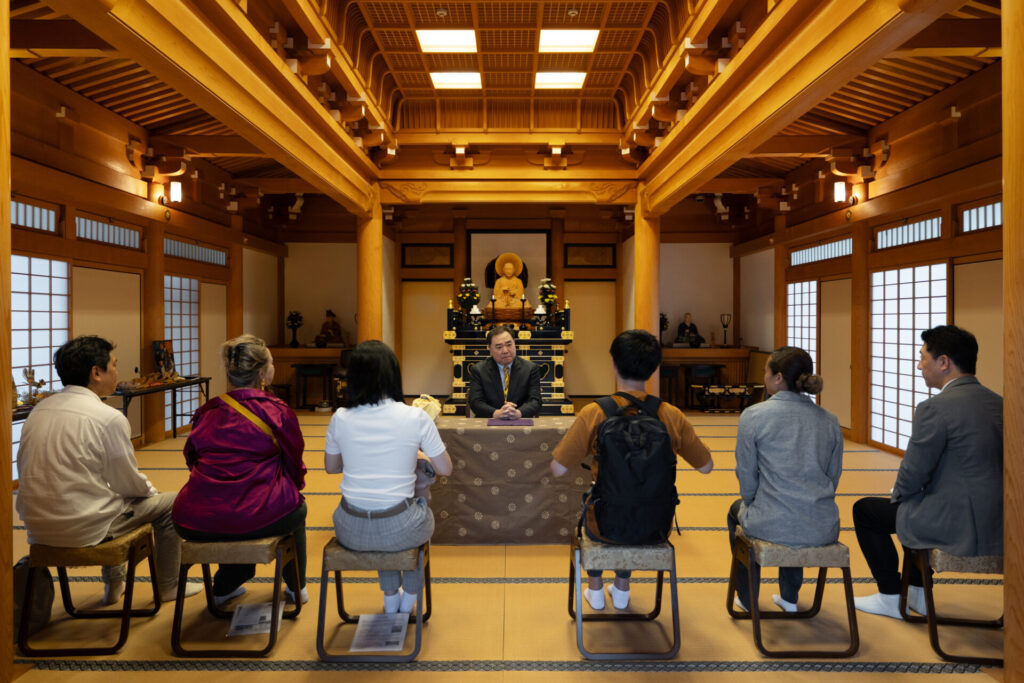
Finally, I asked Mr. Tokugawa Iehiro about something he would like to pass on to the future.
“I am concerned about the decline of kanji culture. I would like to revive kanbun (classical Chinese writing) education. In the Edo period, people received high-quality kanbun education at places like Yushima Seido and various clan schools, enabling them to directly absorb information from the entire kanji world. Thanks to this, the understanding of international affairs among the elites in the turbulent period around the end of the shogunate was remarkably deep. Kanbun, a language developed over thousands of years to manage the diverse Chinese empire, contains philosophies expressed almost as if bleeding during turbulent times. The reason why the culture of the Edo period in Japan reached the forefront of the world is due to kanbun education, and the fact that modern Japanese can think about various issues in Japanese is part of that heritage. If the backbone of kanbun is lost from the Japanese, we will face a disaster akin to the collapse of the Tower of Babel. We won’t be able to communicate effectively in Japanese. In fact, we are already heading in that direction. Therefore, my dream now is to revive kanbun, a precious part of our Japanese language.”
